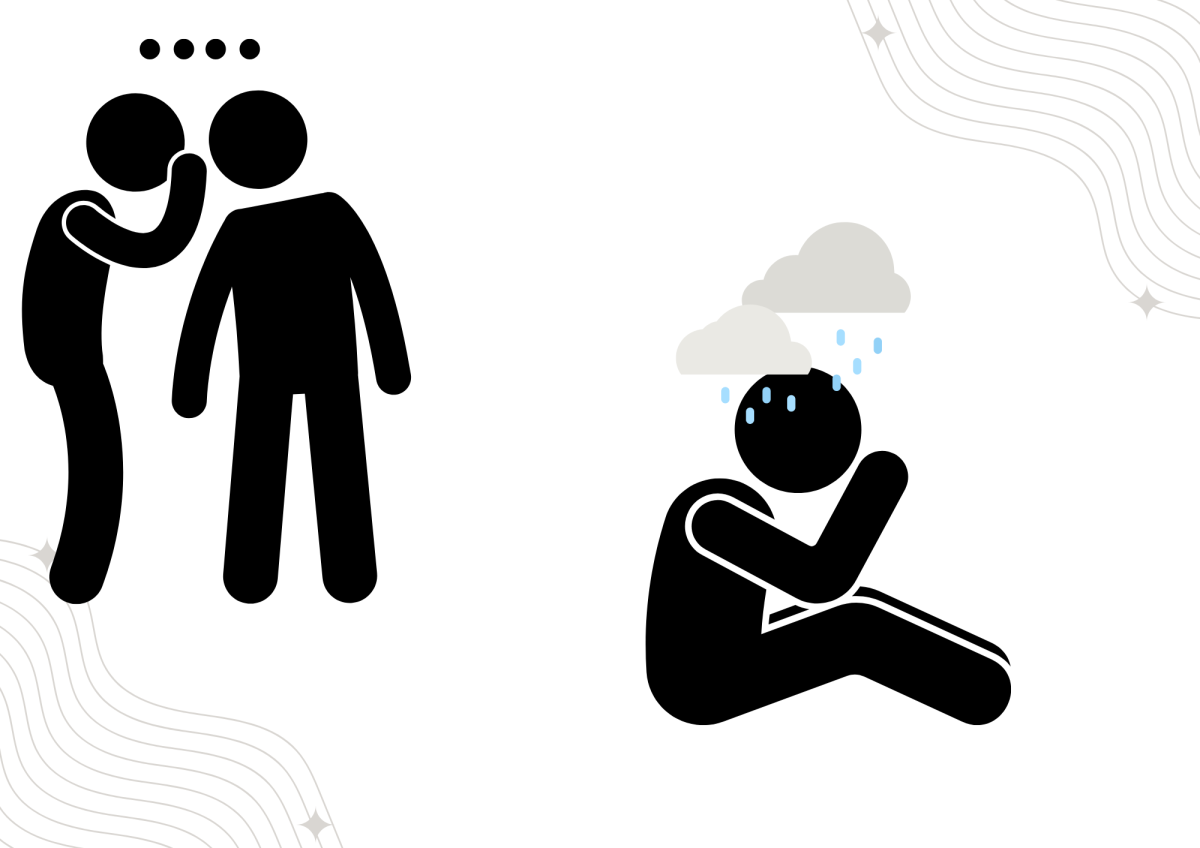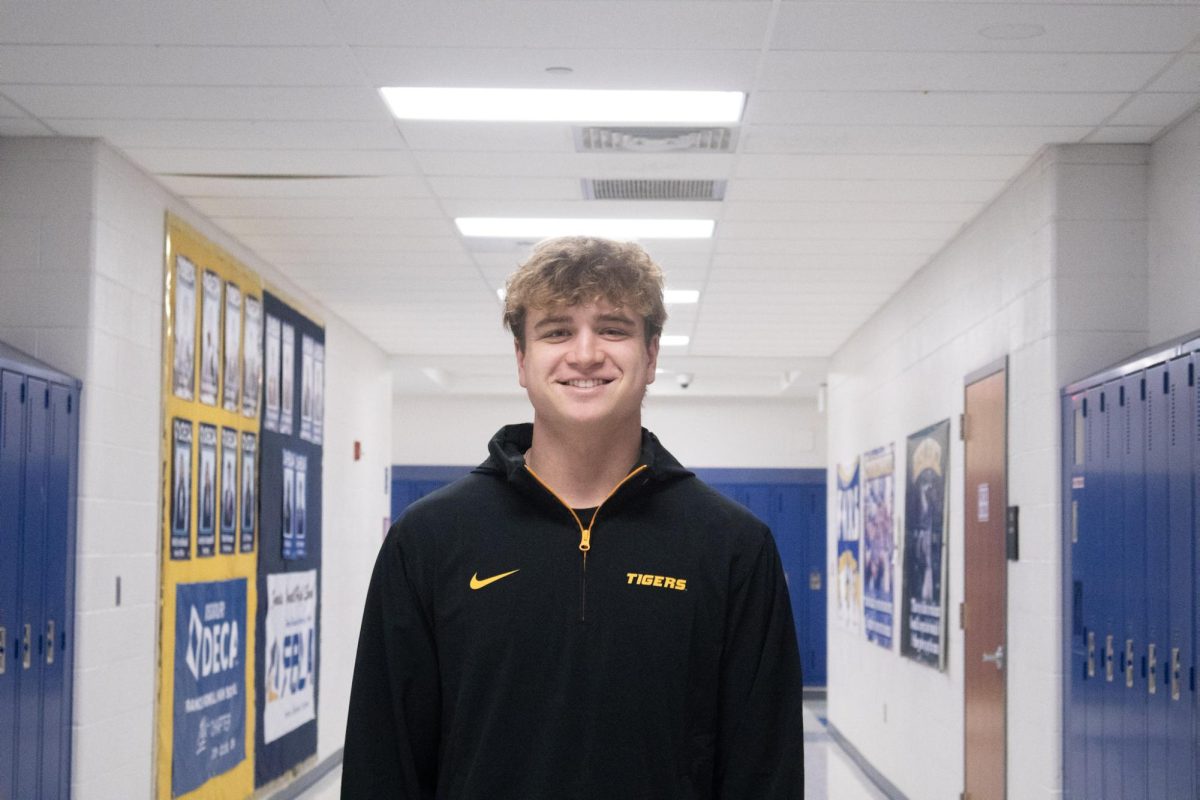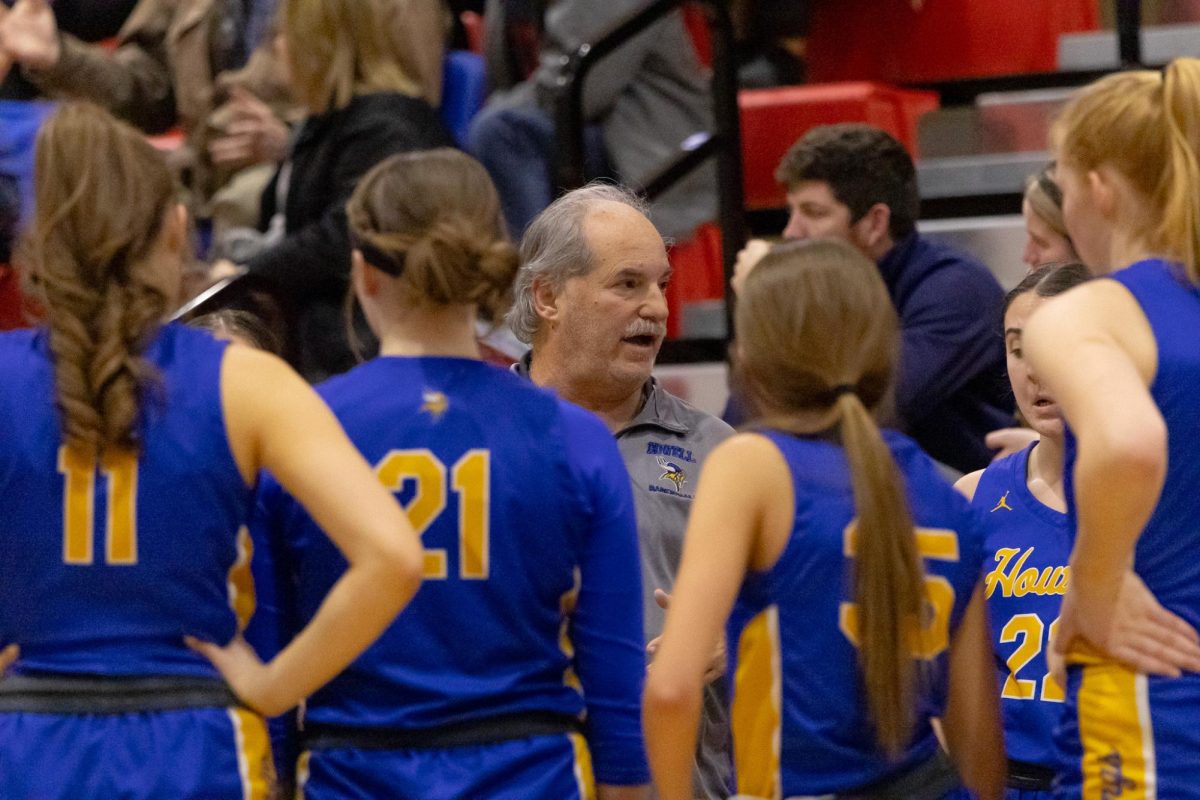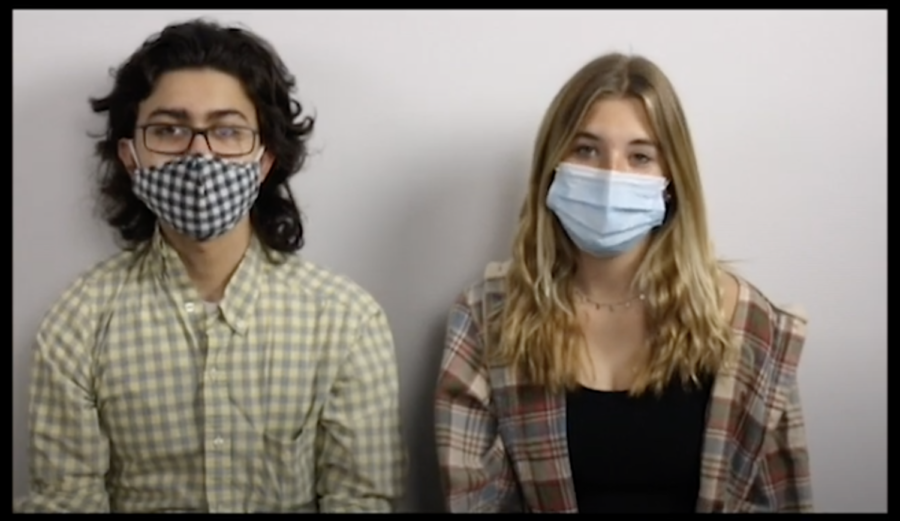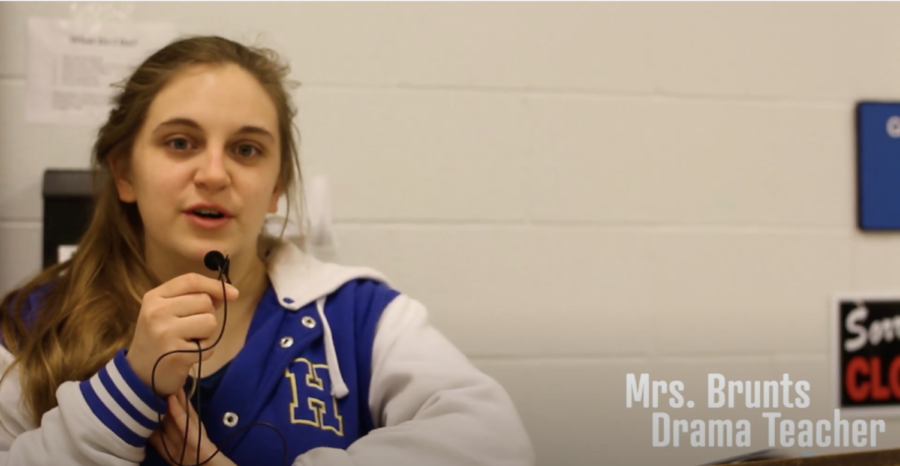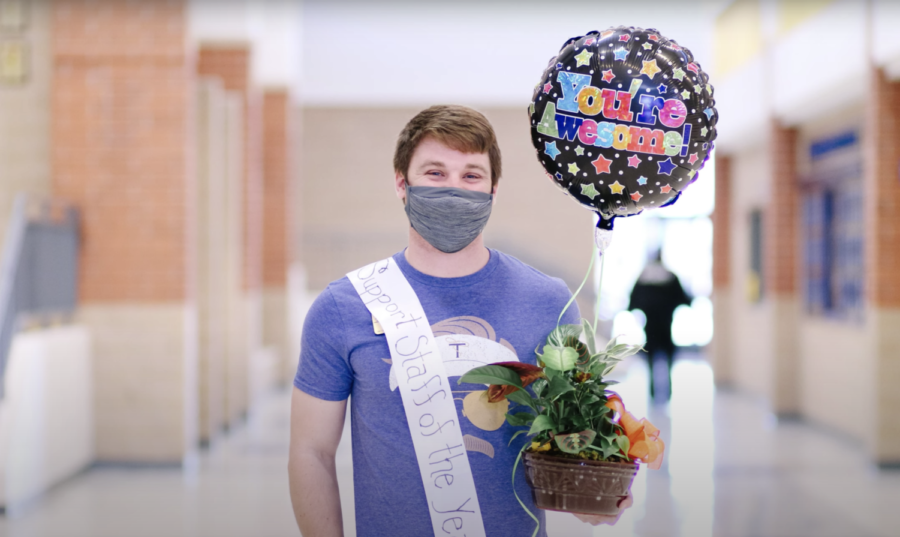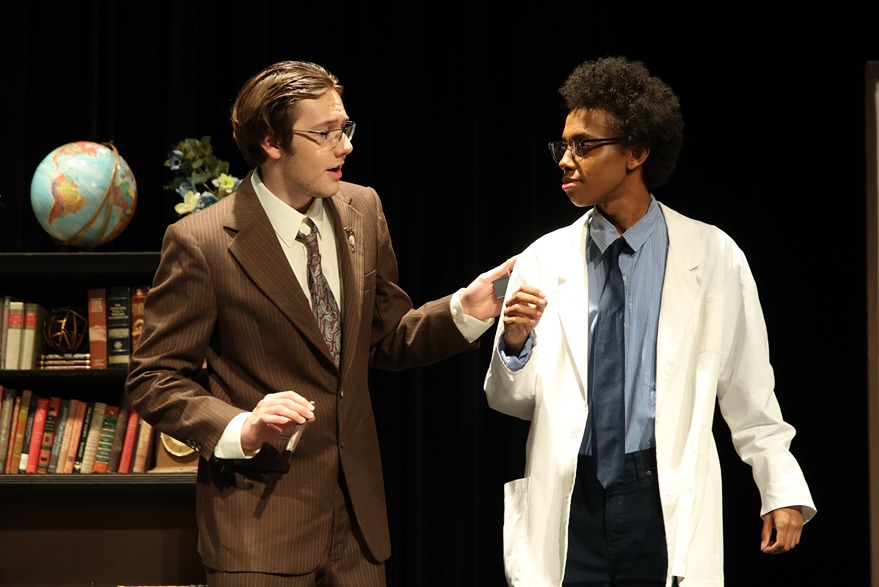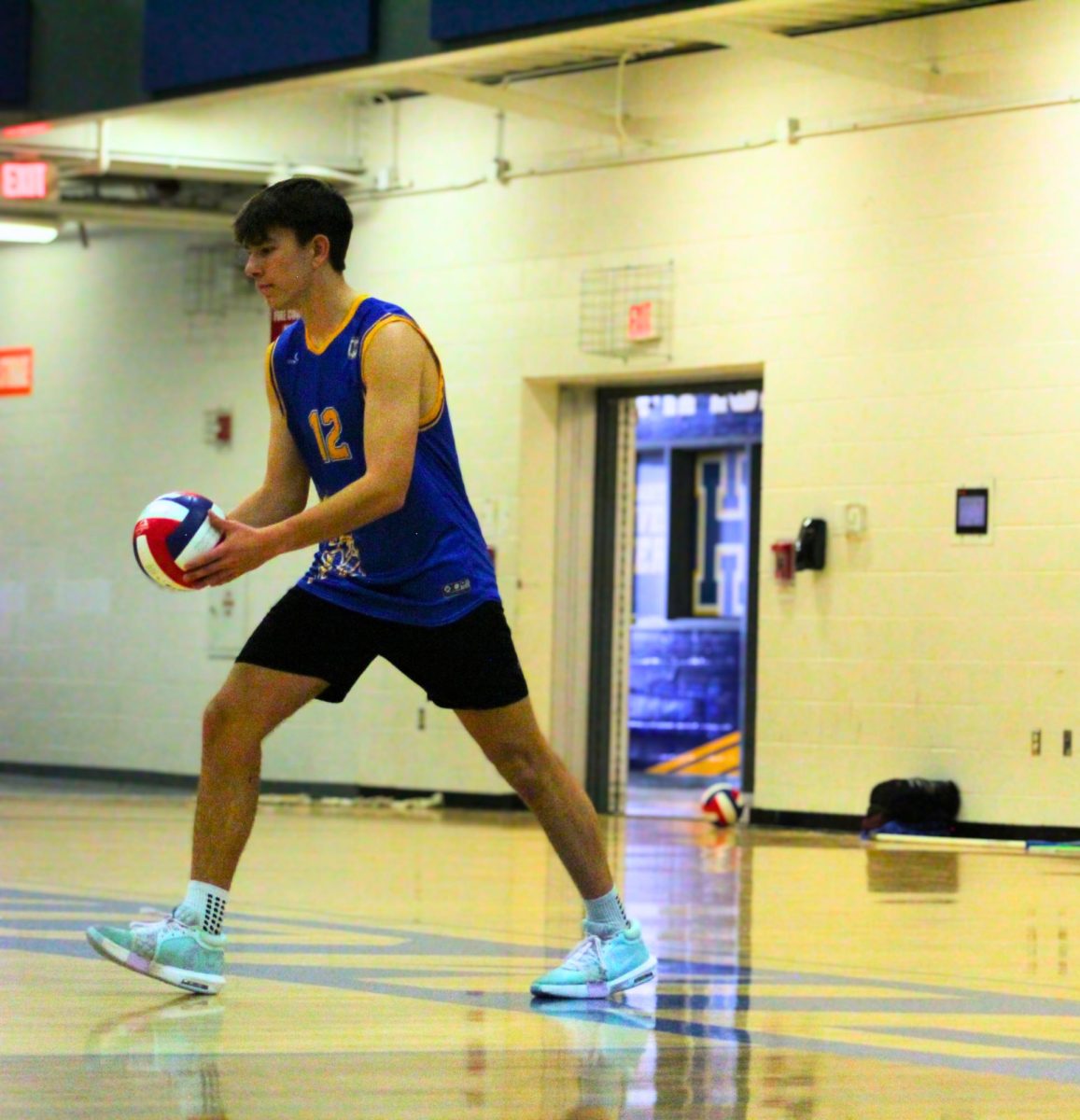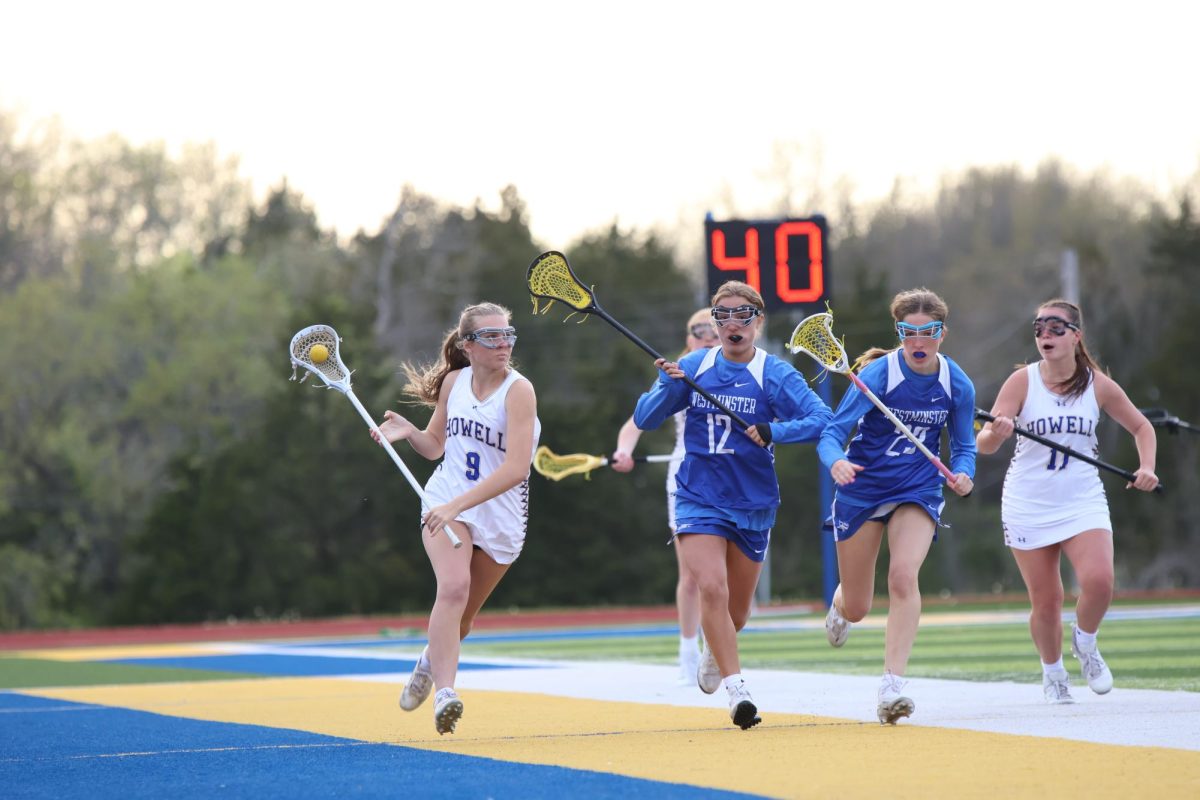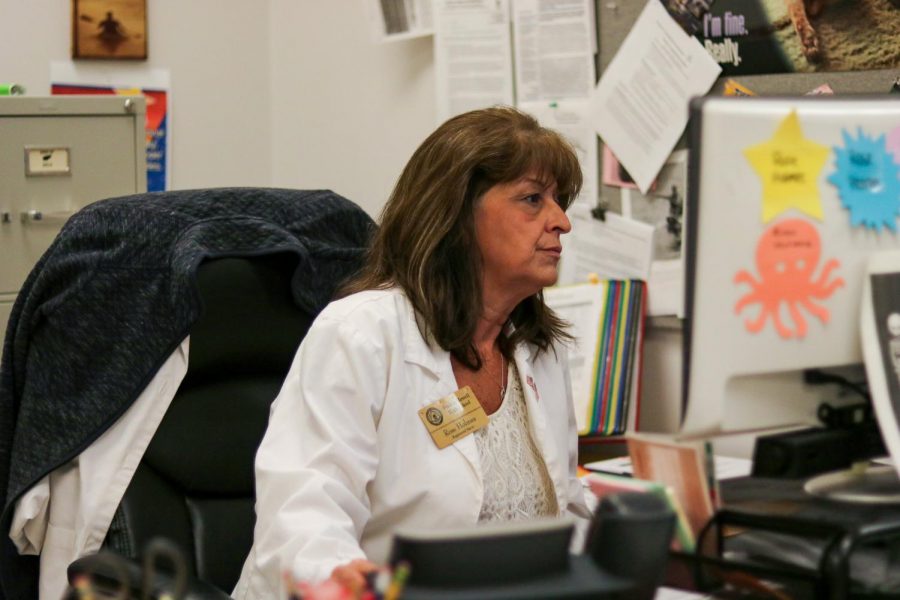Nurses use new protocol to prevent spread of COVID-19
Nurse Rose Holmes works in the nursing office.
COVID-19 restrictions meant limitations in the nurse’s office, which created new procedures for students and staff.
“It’s very different this year without having all these students coming down here,” Nurse Rose Holmes said. “The staff is pretty good about calling to make sure the student can come down here if absolutely necessary.”
In addition to wearing masks and staying distanced in the nurse’s office, the nurses have more protocols. Originally, they were sanziting the door handles and beds every now and then. But, with COVID-19, sanitizing has been serious.
“With Covid, we are sanitizing everything a student could have possibly touched. The door handles, beds, even the phone on the desk,” Holmes said.
Previously, students could go into the nurses office to rest because they didn’t get enough of sleep, or if they had a migraine. Now, if that is the case, they need to wait until the office has space.
“Teachers usually call down here if the student has a headache. We let them know over the phone whether the student can come down right away, or wait. Sometimes it can be up to an hour wait,” Holmes said.
The nurses made small first-aid kits for teachers to keep in their classrooms.
“We try keeping as many students out of here as possible,” Holmes said. “We figured it would be okay to leave cough drops with the teachers, which is something we’ve never done before. But we also gave them bandaids for small bleedings, as well as gloves.”
With help for slowing the spread of COVID-19, the nurses have to occasionally lock the doors.
“We clear the office, put on a surgical mask over our original mask, and then gloves. Then we lock the door to keep students and staff out in case a student has symptoms,” Holmes said. “The only other time we would lock the door is if it’s a bad situation and we don’t want other students to see that.”

I am the sports and photo editor for this year. My favorite sports to shoot are soccer and golf because I can get some fun shots with them. My favorite...








